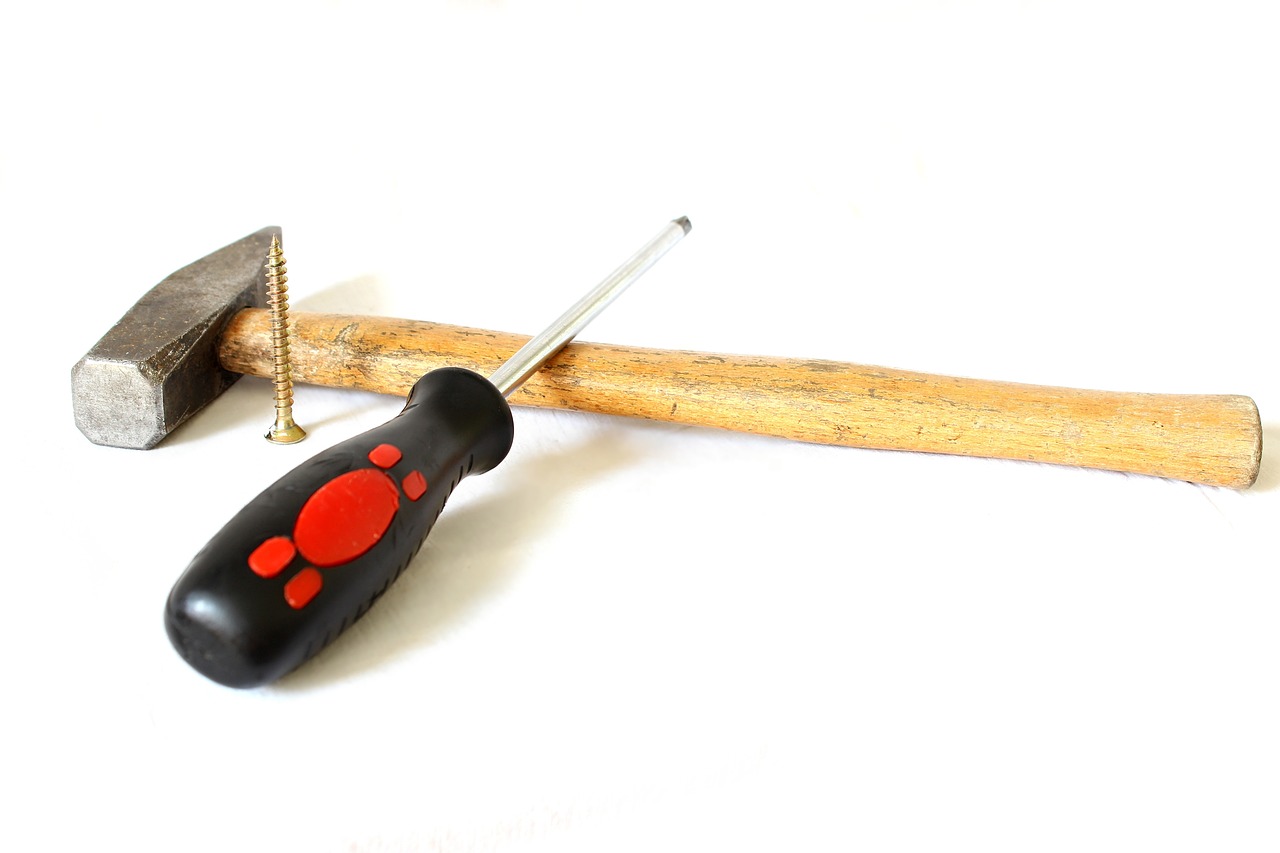A homeowners insurance policy provides insurance cover for the structure of your home, its contents, and liability protection when someone gets injured on your property or when you cause damage to someone else's property. However, when it comes to home improvements and renovations, there are some important things to consider.
Generally, standard homeowners insurance may not automatically cover the full value of your home improvements and renovations. If you've made significant upgrades, such as adding a new room, remodeling a kitchen, or installing high-end fixtures, these may not be fully covered under your standard policy. This is because the original policy was based on the value of your home as it was when you initially purchased the insurance. Therefore, it's important to review your policy and speak with your insurance provider about any recent improvements.
For substantial renovations or additions, you might need to adjust your coverage to ensure that the increased value of your home and its contents is adequately protected. This could involve increasing the coverage limits of your homeowners insurance or considering an endorsement or rider that specifically covers the new improvements. Keep in mind that this may also impact your premium, as more coverage typically means a higher premium.
Another aspect to consider is the type of work being done. If you're making minor cosmetic changes like painting or installing new flooring, your standard homeowners insurance will likely still provide coverage. However, if the renovations are major and structural, such as adding a new floor or expanding the square footage of your home, you may need additional coverage during the construction period.
During renovations, your home may also be at a greater risk of damage due to the construction activities, which could potentially lead to insurance claims. It's important to inform your insurance provider before starting any major renovations so that they can advise you on the best way to ensure proper coverage during the construction phase.








